
Tsum Valley and Manaslu trek is the most astonishing in remote pristine areas. Tsum Valley and Manaslu Trek is a journey on the quiet and quaint trails of the Himalayas. Both regions are opened for travelers just some years back so that the culture and traditions are still uninfluenced by outsiders. Major attractions of Tsum Valley are Milarepa’s cave, sacred cave, Buddhist paintings, a nunnery Gomba (Rachen Gompa) the largest regional Mu Gompa, and Gumba Lungdang. Trekking in Tsum (holistic, historic, and scenic) Valley allows you to understand the depth practices of Tibetan Buddhism and connect to the Mt. Manaslu (the 8th highest mountain in the world) that provides the thrilling adventurous experience of the high mountains.
The Tsum Valley and Manaslu trekking trail passes many ascending and descending, over the ridges and villages along the Budhi Gandaki River bank.The trail ascends through several villages of different ethnicities with a ravishing view of the Manaslu range with other surrounding panoramic Himalayas. One of the most highlighted thing is walking through Larkya Glacier to cross the longest mountain pass in Nepal Larkya-La (5160m). The trail then descends to the most beautiful highland pastoral settlement Bhimtang and follows the trails of the Marshyangdi River to the trekking ending point of Dharapani village.
Tsum valley Manaslu Circuit Trek Permit Details
Since you're combining two restricted areas, you'll need multiple permits. These permits typically need to be arranged through a registered trekking agency.
Manaslu Restricted Area Permit (MRAP): This is mandatory for trekking in the restricted areas of Manaslu. The cost varies by season and duration.
September to November: USD 100 per person for the first week, then USD 15 per person per day.
December to August: USD 75 per person for the first week, then USD 10 per person per day.
Tsum Valley Restricted Area Permit (RAP): Required to enter the Tsum Valley.
September to November: USD 40 per person per week, then USD 7 per person per day.
December to August: USD 30 per person per week, then USD 7 per person per day.
Manaslu Conservation Area Project (MCAP) Permit: Required to enter the Manaslu Conservation Area. The fee is around USD 23-30 per person.
Annapurna Conservation Area Permit (ACAP): Since the Manaslu Circuit trek exits into the Annapurna Conservation Area (from Dharapani), this permit is also required (approx. USD 30 per person).
Chumnubri Rural Municipality Permit: This local permit Rs. 1000 per person, is required
Best Time to Trek
Autumn (September to November): This is widely considered the best time due to stable weather, clear skies, mild temperatures, and excellent mountain views.
Spring (March to May): Another excellent season, offering pleasant temperatures, clear views, and vibrant rhododendron blooms.


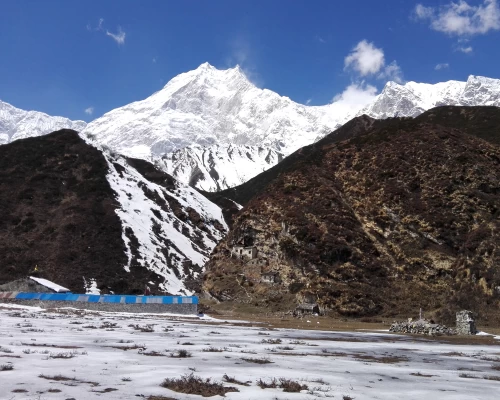
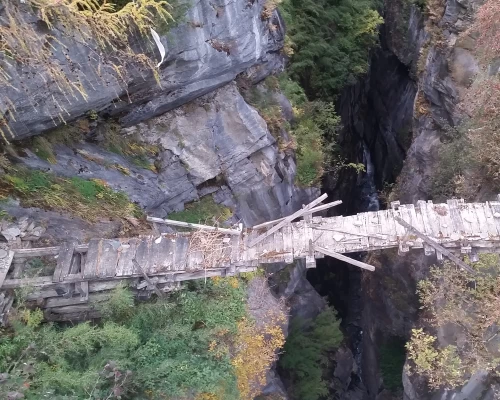
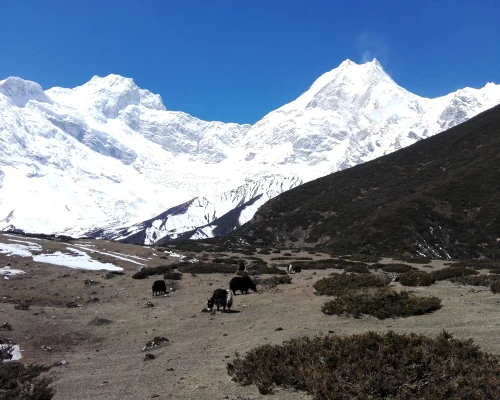
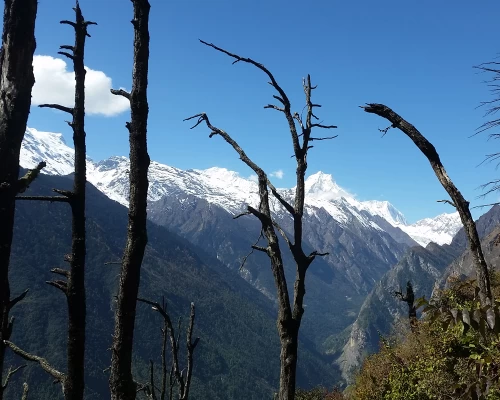
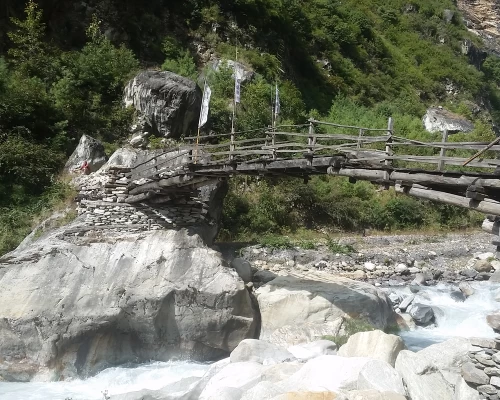
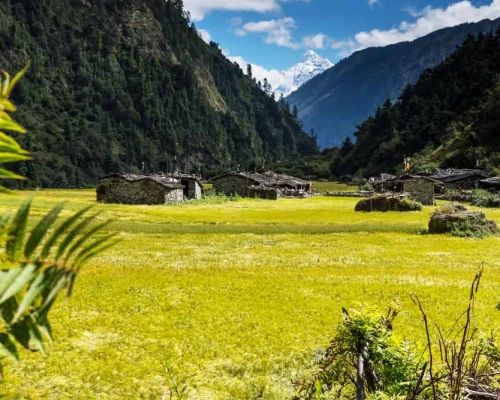
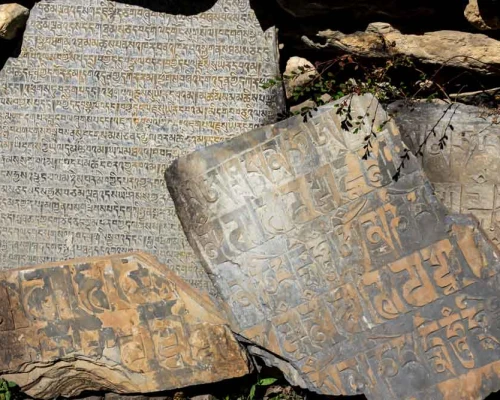
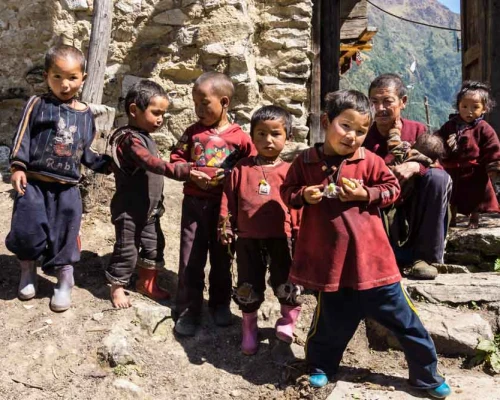

 The trek frequently follows the Gandaki River bank. Not a big ascends and descends prevail here, however, the path is always full of up and down. Frequently goods delivery groups of mules will be encountered along the path. By then please be safe yourself towards the wall side not to the edge.
The trek frequently follows the Gandaki River bank. Not a big ascends and descends prevail here, however, the path is always full of up and down. Frequently goods delivery groups of mules will be encountered along the path. By then please be safe yourself towards the wall side not to the edge.



 Gradually climbing up to the Deng villages and follow a long River gorge path throung forest and beautiful landscape. We cross Mani walls and several bridges over the Budhi Gandaki River and finally arrive in Ghap village.
Gradually climbing up to the Deng villages and follow a long River gorge path throung forest and beautiful landscape. We cross Mani walls and several bridges over the Budhi Gandaki River and finally arrive in Ghap village.


 You have to start your trek around 3:00 AM due to the wind. If you arrive late at the pass then it is very windy so most of the trekkers begin earlier. The trail is not strongly steep but gradually upwards and very long to the pass. After the pass, it descends to the Manang Valley with mind-blowing views of different mountains. It is quite an enjoyable trail to descend however takes a very long time to get to Bhimtang. The destination seems closer however it is quite long and tough walking until you arrive at the place. The hotel offers a very nice and clean room with a very comfortable warm dining hall.
You have to start your trek around 3:00 AM due to the wind. If you arrive late at the pass then it is very windy so most of the trekkers begin earlier. The trail is not strongly steep but gradually upwards and very long to the pass. After the pass, it descends to the Manang Valley with mind-blowing views of different mountains. It is quite an enjoyable trail to descend however takes a very long time to get to Bhimtang. The destination seems closer however it is quite long and tough walking until you arrive at the place. The hotel offers a very nice and clean room with a very comfortable warm dining hall.



